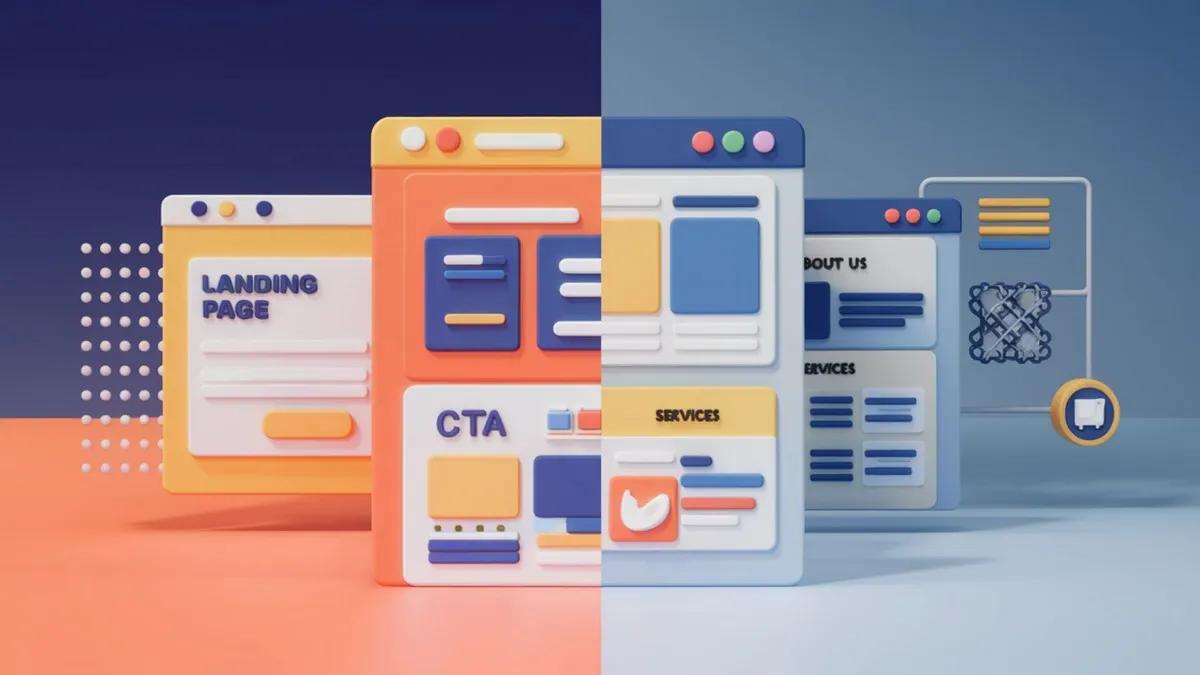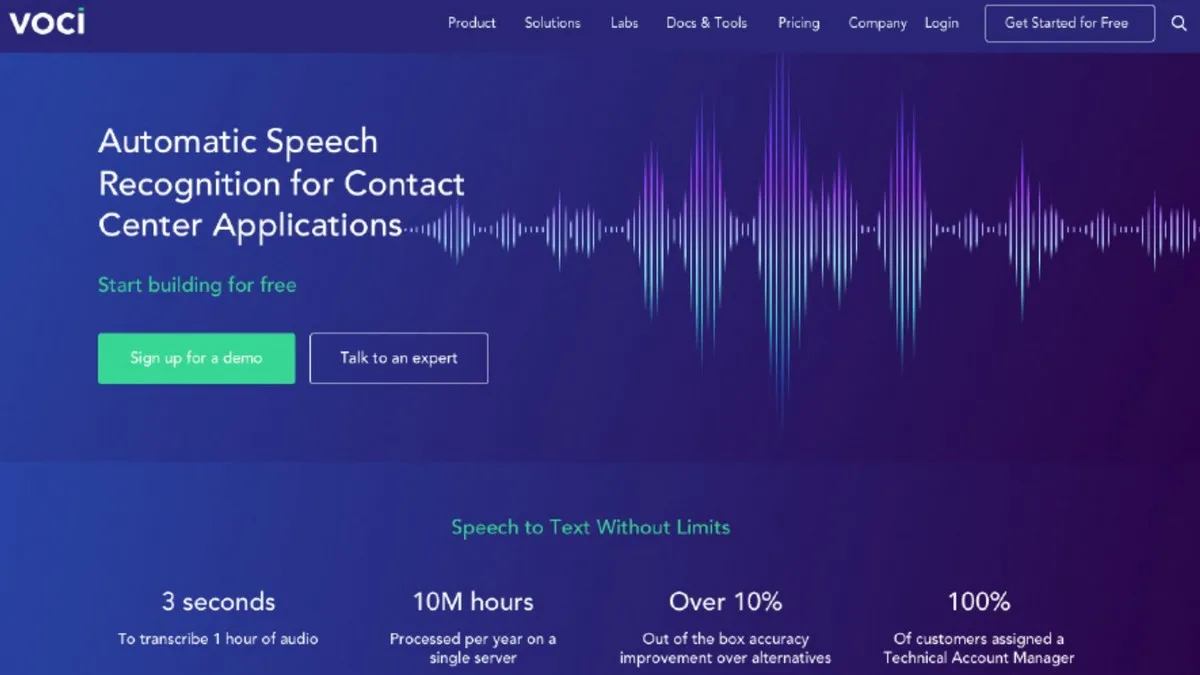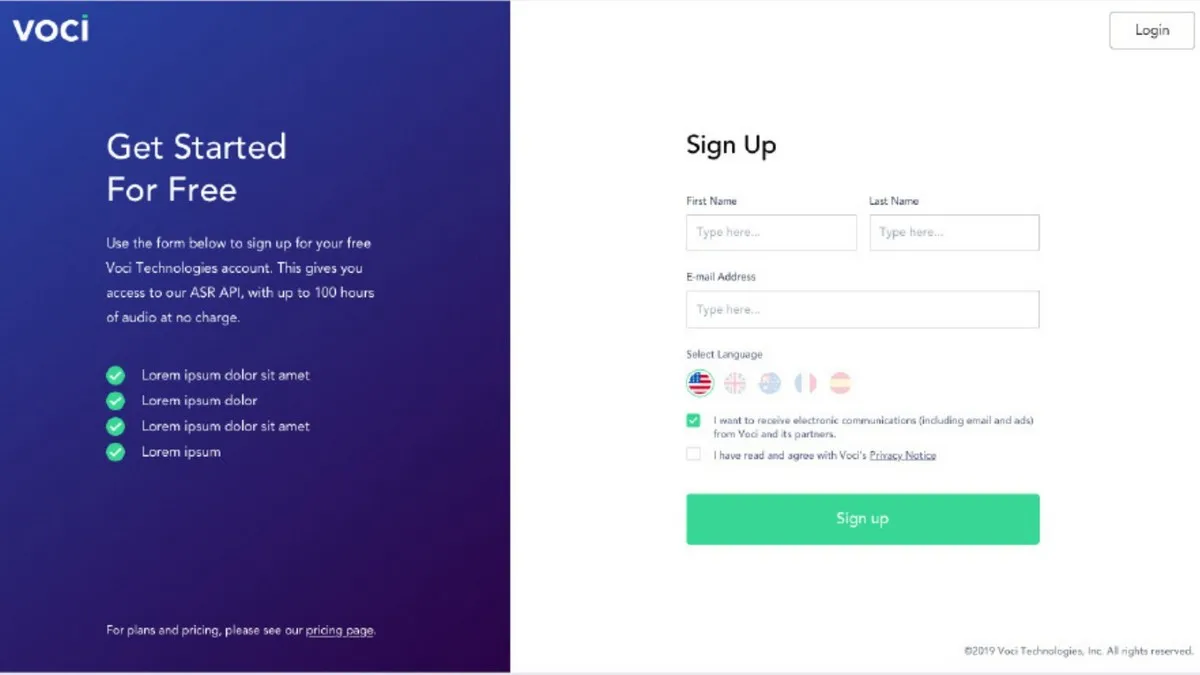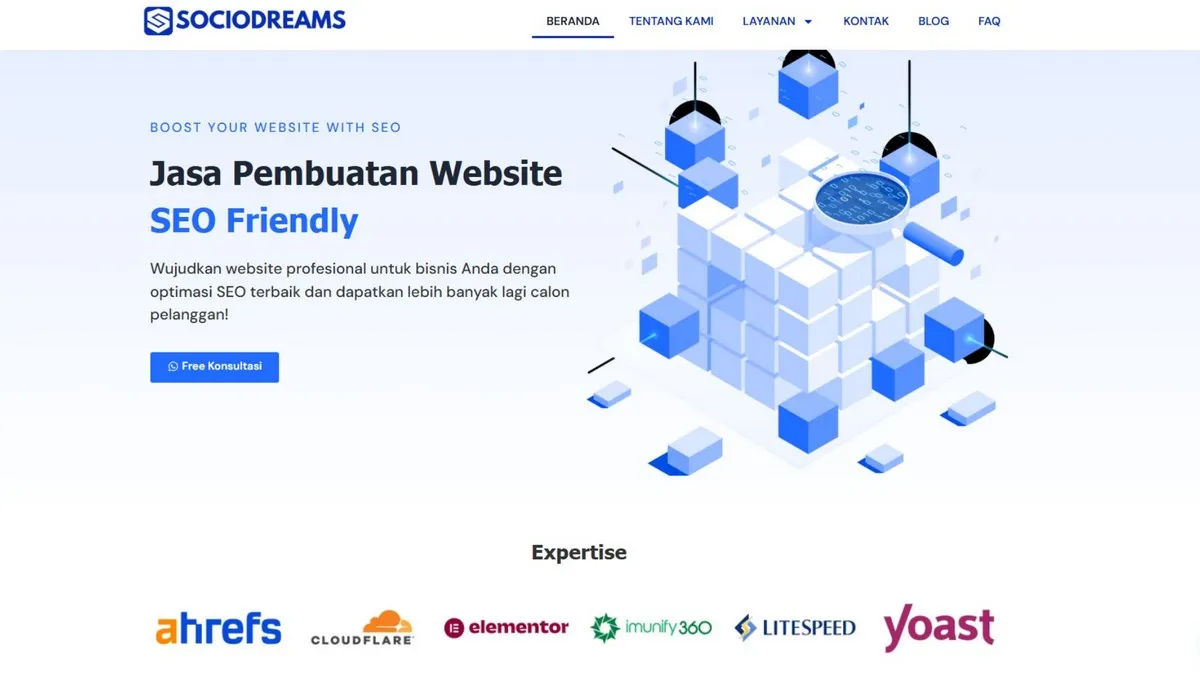
Hey there, digital enthusiasts!
In today’s fast-paced digital world, capturing your audience’s attention is like striking gold. With so much information flying around, the biggest challenge is making sure your business doesn’t just “pass by” on their screens but actually grabs their attention and drives them to take action.
This is where two key players in digital marketing come into play: Landing Pages and Websites. But which one is more effective for your business? Or maybe, do you need both? Let’s break it down in detail, in a casual yet professional tone, just like how James Gwee would explain it to his audience.
What’s the Difference Between a Website and a Landing Page?
Website: Your Digital Home Base

Think of your website as a massive shopping mall. It’s where visitors can explore different “stores,” read your blog, check out your portfolio, or find your contact information. It’s the central hub of your business online.
Key Functions of a Website:
- Builds long-term brand awareness.
- Provides comprehensive information about your products or services.
- Connects your business to social media and other marketing channels.
Landing Page: Your Sales Powerhouse

A landing page, on the other hand, is like an exclusive promo booth in that mall. It’s designed for one specific purpose, whether it’s getting visitors to sign up, buy something, or fill out a form. It’s all about driving action.
Key Functions of a Landing Page:
- Boosts conversions from paid ads (Google Ads, Meta Ads, etc.).
- Focuses your audience on one specific offer.
- Effectively collects leads for your business.
When Do You Need a Landing Page?
A landing page is your go-to tool when your goal is quick conversions. Here are some scenarios where a landing page is a must:
- Running Paid Ads
If you’re investing in Google Ads or Meta Ads, always direct your audience to a relevant landing page, not your homepage.
- Promoting a Flash Sale or Special Campaign
A landing page keeps the focus on one irresistible offer, like a limited-time discount or an exclusive event.
- Collecting Leads
With a well-designed form, a landing page can be a powerful tool for gathering potential customer data.
- Testing Marketing Strategies
Landing pages allow you to run A/B tests to see what works before rolling it out on your main website.
Example
You’re running an Instagram ad to promote a webinar. If you send people to your homepage (which has tons of options), they might get confused.
The solution? Create a dedicated landing page with a clear CTA: “Sign Up Now & Get a Free E-Book!”
When Do You Need Website?
Your website is the face of your business online. If people want to learn more about your business, they’ll look for your website. Here’s why a website is essential:
- Building Brand Awareness
A website helps you establish your brand’s identity and reputation over the long term.
- Providing Comprehensive Information
It’s the place to showcase your products, services, blog, portfolio, and customer testimonials.
- Building Trust
With high-quality content and a professional design, your website can boost credibility and trust among potential customers.
Example
You run a digital marketing agency. Potential clients will want to read your blog, check out your portfolio, or see who you’ve worked with before reaching out to you.

How to Create a Landing Page That Truly Converts
Alright, you know a landing page is important. But how do you create one that actually drives results? Here are the must-have elements:
01. A Powerful Headline
Your headline is the first thing visitors see. Make it count!
- Boring:
“The best business solution for you.”
- Engaging:
“Get Your First 100 Leads in 7 Days—Effortlessly!”
02. Simple Design, Focused on Conversion
- Don’t Overload with Information:
Too much going on? Big no-no. A busy design can distract visitors from what really matters, your CTA (Call-to-Action). Stick to the essentials and remove anything that doesn’t directly support your goal.
- Use Contrasting Colors for Your CTA Button:
Your CTA button should stand out like a neon sign in the dark. Choose a color that contrasts sharply with the background. For example, a bright red or green button on a white background will catch the eye instantly.
- Keep Text Short and Sweet:
Nobody wants to read a novel on a landing page. Use concise, punchy text that gets straight to the point. Highlight the benefits and make it easy for visitors to understand what’s in it for them.
- Optimize for Mobile:
Here’s a stat you can’t ignore: 80% of internet users browse on their phones. If your landing page isn’t mobile-friendly, you’re losing out big time. Make sure it’s responsive, loads quickly, and is easy to navigate on smaller screens.
03. A Clear and Compelling CTA
Your Call-to-Action should feel like an exclusive invitation. Make it irresistible!
- Basic:
“Download Now.”
- Engaging:
“Grab Your Free E-Book Now!”
04. Social Proof: Testimonials and Data
People trust real evidence. Add customer testimonials, case studies, or stats to back up your claims.
Example:“Since using this service, my revenue increased by 200% in 3 months!” – Budi, Coffee Shop Owner.
05. Lightning-Fast Loading Speed
Fact: 47% of visitors will leave if your page takes more than 3 seconds to load. Optimize your landing page for speed!
06. A/B Testing: Never Stop Experimenting
Test different headlines, CTAs, colors, and layouts. Sometimes, small changes can boost conversions by up to 200%!
Website vs. Landing Page: Do You Have to Choose?
Nope! In fact, combining both can give you the best results.
- Website
Your main hub for building brand awareness and providing detailed information.
- Landing Page
A dedicated page for specific campaigns or actions.
Pro Tip: Direct visitors from your website to a landing page for targeted campaigns. For example, write a blog post about digital marketing strategies, and at the end, offer a free e-book with a CTA that leads to a landing page to capture leads.
So, Which One is Better?
The answer? It depends on your goals! Use a landing page if you want instant conversions. Use a website if you’re building long-term trust and brand awareness.
The best strategy? Use both strategically. By combining the two, your business won’t just attract more visitors, it’ll also maximize conversions like a pro.
Now, go out there and create something amazing!




